Have you heard the news? Lingraphica's specialized news reader, TalkPath News is one-year-old! In the last year we launched the platform on the Web, App Store, and Google Play and clinicians love it.
Get the latest news, updates, and tricks from the Lingraphica team. Our clinical, reimbursement, and marketing teams will bring you the most up-to-date information about aphasia, speech therapy, stroke rehabilitation, and communication disorders. Check back often for new content!
In the last few years, Alzheimer’s disease, Lou Gehrig’s disease (ALS), and stuttering all made big screen debuts in three Oscar-winning films: Still Alice, The Theory of Everything, and The King’s Speech. These films worked to raise the awareness of frequent speech, language, and cognitive disorders thousands of individuals are diagnosed with each year.
A year ago Lingraphica launched its telepractice offering, TalkPath Live! Using the platform, I provide remote speech and language services for clients in the two states I am licensed to practice speech-language pathology in: New Jersey and New York (TalkPath Live's additional therapists are licensed in the other 48 states and also treat international clients). As a telepractice clinician I've learned a lot about myself and creative ways to treat clients.
As adults we spend the majority of our time talking about our interests and events. This communication forms the foundations of many of our relationships. While we know sharing our interests connects us with others, this information can be difficult to capture and implement for an augmentative and alternative (AAC) device user. However, it is possible! By organizing the AAC device's language system to reflect the client's top interests, it's allows the client more opportunities to connect with others.
Speech synthesis has come a long way since its early days of monotone voices and mispronounced words. Today’s synthetic voices, utilized in augmentative and alternative communication (AAC) devices, have appropriate inflection, a variety of accents, and excellent pronunciation. Combined with using recordings from voice actors, a speech-generating device today has a very human feel to it. With these advancements, is it worthwhile to pursue “voice banking” – recording a patient’s own voice, creating a “bank” of words and phrases – for use in an AAC device? Here are some common questions and answers about voice banking.
The expectations of speech-language pathologists (SLPs) and clinicians today are higher than they’ve ever been before. With new challenges like increased productivity expectations, additional documentation, as well as the ongoing challenges of dealing with therapy caps, authorizations, and scheduling, SLPs often wonder how to add high-tech augmentative and alternative communication (AAC) to their to-do list.
By Denise McCall, MA, SLP-CCC
Imagine you’re a successful accountant running your own small business. Every day you manage budgets, address clients, and work hard to grow your business. During a stressful day you feel lightheaded and end up in the hospital. A doctor explains that you’ve had a stroke. Your words are jumbled and you have difficulty processing language. A second doctor tells you that you have aphasia.
Clinicians, medical professionals, and speech-language pathologists are beginning to quantify patients' progress with numbers, data, and metrics. The trend towards showing improvement or progress is driven by data.
Speech Therapy, Speech-Language Pathologist, Recovery and Resources
By Kate WilliamsWe have all received orders or an Individualized Education Program (IEP) to treat a patient who “doesn’t feel like doing any work today.” What are the best ways to engage a patient who has made it clear that they don’t want to participate in speech therapy? Here are a few tips I learned over time.
Speech Therapy, Speech-Language Pathologist
By Faye Stillman, MS, CCC-SLP/ATP

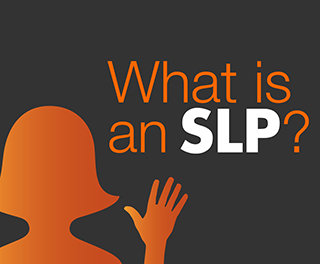



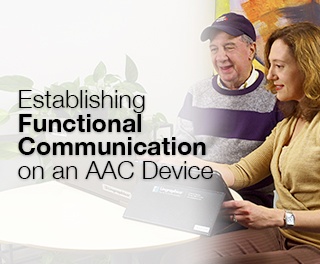

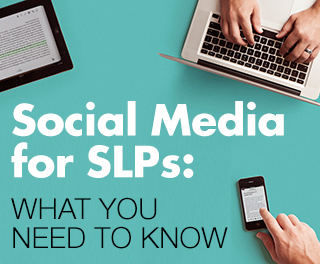
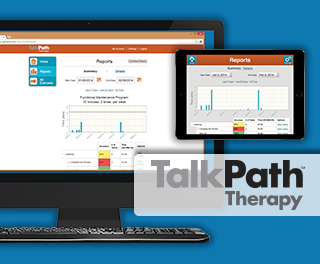
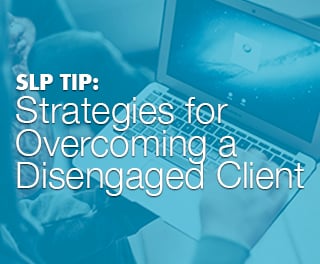


.png)